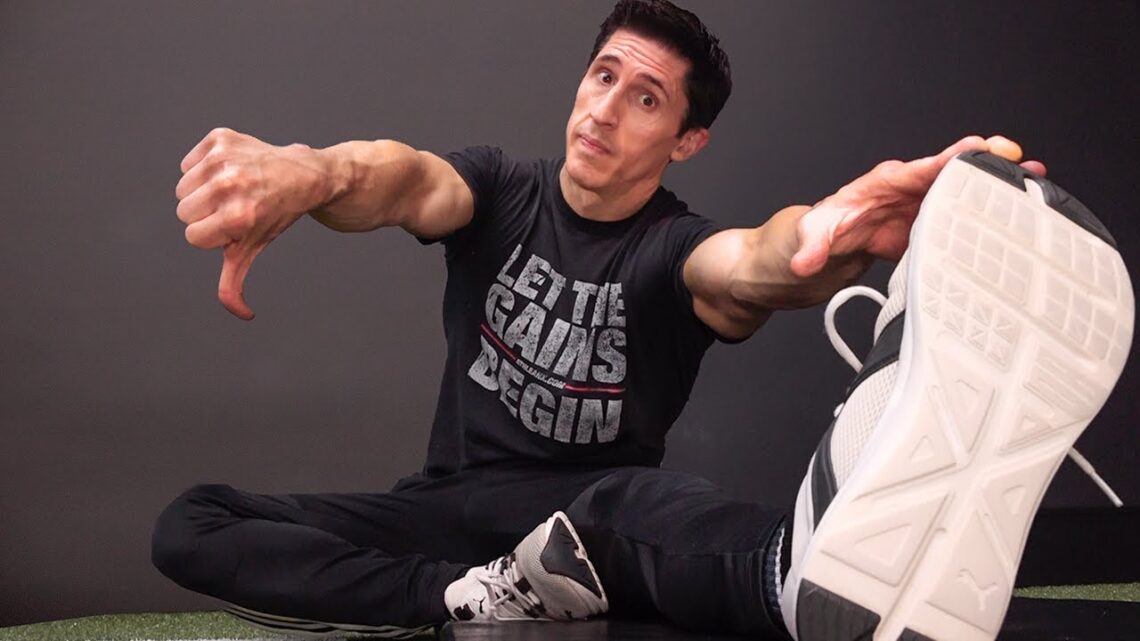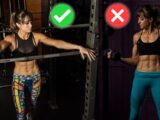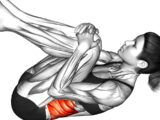
You DON’T Need to Stretch (NEW RESEARCH)
October 23, 2022Did you know that there is new research available that shows you don’t need to stretch to increase flexibility and joint range of motion? In this video, I am going to show you how you can ditch your boring static stretching routine (that you’re probably not even doing in the first place) and can replace it with something that is simple and easy to follow.
What this new research shows is that traditional strength training is just as beneficial as traditional static stretching when it comes increasing a person’s flexibility and joint range of motion. So, that means that if you were dreading adding a few extra minutes to your routine in order to go through some uncomfortable static stretching, I have another option for you.
When it comes to stretching and flexibility, some will argue that it is the most important thing that you can do. In fact, they might call it the “fountain of youth.” I’m not going to argue its importance, but I too find myself often skipping it when short on time, especially since it is relegated to the end of the workout anyways.
So how do we replace the boring static stretch routine? Simple, we incorporate loaded stretching into our weight training routine – yes, you will still be doing SOME stretching, just not the kind you are probably used to doing. We can add these loaded stretches very easily by utilizing the contracted and stretched position of commonly performed exercises.
Now to achieve the best stretch and to maximize flexibility and joint range of motion, you want to make sure you are hitting full range of motion of the muscle on each exercise. Going from fully stretched to fully contracted is the best way to do this and I am going to show you specific exercises that allow you to do this every time.
The first exercise that I want to highlight is the lat pulldown. When incorporating the stretch aspect of the exercise, I like to use the v-handle as it allows me to get my elbows out in front to increase the stretch on the lats. When you perform this back exercise, allow yourself to hang out for a few seconds in the stretch position at the top of the rep. You should really be able to feel your lats getting a good stretch in this position which is good feedback for each rep.
Next up is the cable crossover for your chest. This exercise is awesome for achieving what we want to do in terms of flexibility because not only are we able to go from a good stretch position to start each rep, opening the chest and getting those shoulders back, but we can hit adduct the arms across midline too. While the pecs are stretched to start, at the end they need to be fully contracted.
Then we move on to the triceps with an overhead cable extension. This exercise not only allows you to get your arms up and behind your body to get maximum stretch on the long head of the triceps, but will also help to achieve a good, tall standing posture at the end of each rep. Hang out in that stretch position for a few seconds and really feel your triceps working.
We can get a good stretch on the biceps too, this time with an incline dumbbell curl. By leaning back and getting our forearms into a pronated position, we are making sure that biceps are elongated with load (that being the dumbbells in hand). To really get the most out of this loaded stretch, when you reach the top of the curl, give a little shoulder flexion too so that you take the biceps through full range of motion.
Next, to apply what we’ve been doing to the hamstrings and glutes, you are going to use a simple dumbbell Romanian deadlift. You are going to want to use dumbbells during this exercise because, like the rest, the loading of the stretch is meant to be light. We are not seeking out hypertrophy so the weight is drastically decreased.
For the quads, we go back to the dumbbell bulgarian split squat. This exercise is a great choice because it allows you to stretch the quad of one leg while getting a quad AND hip flexor stretch on the other leg. Not only that, at the top of the rep you can get into hip extension as well. This is a great way to apply loaded stretching to the quads.
To target the hard-to-hit middle delts when it comes to stretching, a simple PNF pattern known as the cable sword raise is the choice for me. Getting the arm across your body with load is the important part here, remembering to hold this stretch for a few seconds at a time before completing each rep.
For a science-backed workout program to help you build ripped athletic muscle, be sure to head to the ATHLEAN-X website via the link below and find the program best suited to match your goals.
For more videos on stretching and to get more flexible, be sure to subscribe our channel here on youtube via the link below and remember to turn on your notifications so you never miss a video when it’s published.
Build ripped athletic muscle here – http://athleanx.com/x/my-workouts
Subscribe to this channel here – http://bit.ly/2b0coMW


